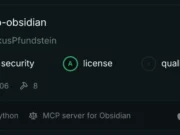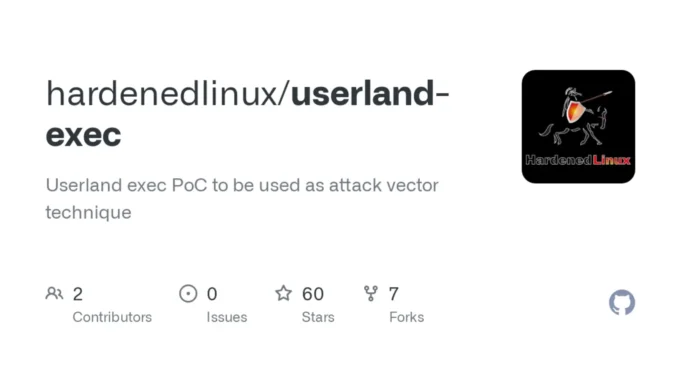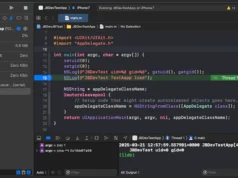Userland Exec is a sophisticated technique that replaces the current process image within the existing address space with a new one.
Unlike the traditional execve system call, userland exec achieves this without altering kernel-level process structures, meaning that utilities will still report the original process name.
This feature makes it particularly useful for scenarios requiring stealth or executing binaries from restricted environments, such as noexec partitions.
Key Features And Functions
- Process Replacement:
- Userland exec mimics
execveby cleaning the address space, loading a new binary, setting up the stack, and transferring execution to the new entry point. - However, it operates entirely in user space, avoiding direct reliance on kernel-level mechanisms.
- Stealth and Flexibility:
- The unchanged process name provides stealth capabilities.
- It enables execution of binaries stored in unconventional locations (e.g., encrypted storage or memory) without writing them to disk.
- Bypassing SELinux Restrictions:
- SELinux enforces strict memory policies like
W ^ X(Writable XOR Executable) and prohibits direct transitions from writable to executable memory usingmprotect. - Userland exec bypasses these restrictions by leveraging techniques such as:
- Using
memfd_create,munmap, andmmapto avoidmprotectcalls. - Exploiting writable-executable ELF regions (e.g., PT_LOAD) with signal-based dynamic page protection adjustments[2][5].
- Using
The first implementation of userland exec was introduced by “grugq” and later inspired libraries like Rapid7’s Mettle.
Over time, its functionality has been extended to handle modern security mechanisms such as SELinux. Developers can use this technique for various purposes, including:
- Executing binaries in memory-constrained environments.
- Enhancing malware or penetration testing tools for evasion tactics.
Userland exec has been successfully tested across multiple platforms, including Ubuntu, Arch Linux, CentOS, Raspberry Pi OS, and Android 14. Its versatility demonstrates its adaptability to diverse architectures like x86_64 and ARM64.
To build userland exec on x86 or Android platforms:
- Install dependencies like
libelf. - Use CMake to configure and compile the project.
- Debug builds can be generated by enabling debug flags during compilation.
Userland exec represents a powerful tool for advanced binary execution scenarios. By operating at the user level while mimicking kernel behavior, it offers unique advantages in stealth operations and bypassing security restrictions.
However, its use must be carefully managed due to its potential misuse in malicious contexts.














.webp)

